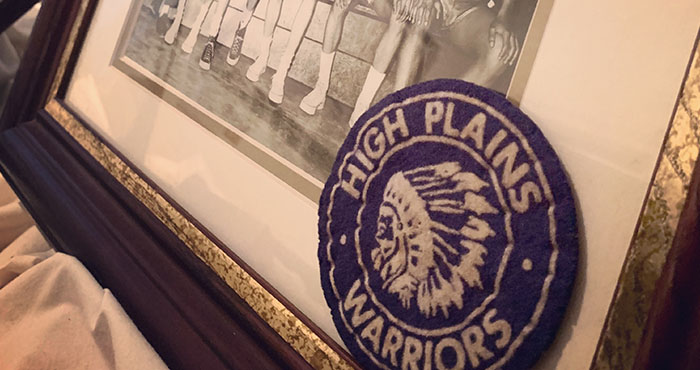

At the Person County Museum of History, you’ll find maps, documents, drawings, and photos that depict more than 400 years of Native American history. The tribe at the heart of this story is the Sappony.
The first mention of the Sappony dates to 1607. Identified as the Monassukapanough by Captain John Smith, the Sappony originally occupied lands west of the Chesapeake Bay close to the Blue Ridge Mountains. The Sappony were a “tributary tribe” meaning they traded furs and skins for land and protection from the Colonial government. But as new settlers encroached on their home, the Sappony were forced to follow westward trading paths to the High Plains community in Person County.
The Sappony are the only North Carolina tribe whose traditional homelands cross the border of another state. They settled the area straddling Person County, North Carolina, and Halifax County, Virginia before state lines were drawn, and in fact, helped draw the boundary line in 1728 when Sappony Ned Bearskin led William Byrd’s surveying party through the region.
Here in High Plains, Native American families took the surnames of traders such as Eppses, Shepherds, and Stewarts. Other families–Martins, Johnsons, Talleys, and Colemans–joined them and began raising tobacco to become self-sufficient.
But tobacco was not the only thing the Sappony traded. They were also known for their quilts. Throughout the year, the ladies of the community worked at nighttime to individually quilt pieces of cloth. When the pieces were sewn, all the ladies got together and had a quilting party. Like corn shucking, hog killing, and wood cutting, this work party moved from house to house, which helped all the families in the community. The ladies quilted at one house at a sitting to finish that family’s quilts in time for cold weather, then moved on to the next house, sharing work, food, and company each time. Quilts were made out of old clothes, flour, and feed sacks. Any fabric that could be found. Necessity married with creativity, originality, and artistry; the children of that union were beautiful examples of comfort, security, and history.
Sappony history is one of family bonds and hard work. It is also the history of creative people who modified their culture to survive a changing world. Today, the story of the Sappony Tribe continues at the Person County Museum of History. Come in for a visit and learn more about Sappony history, admire their beautiful quilt work, and learn how we are Making History Personal.



